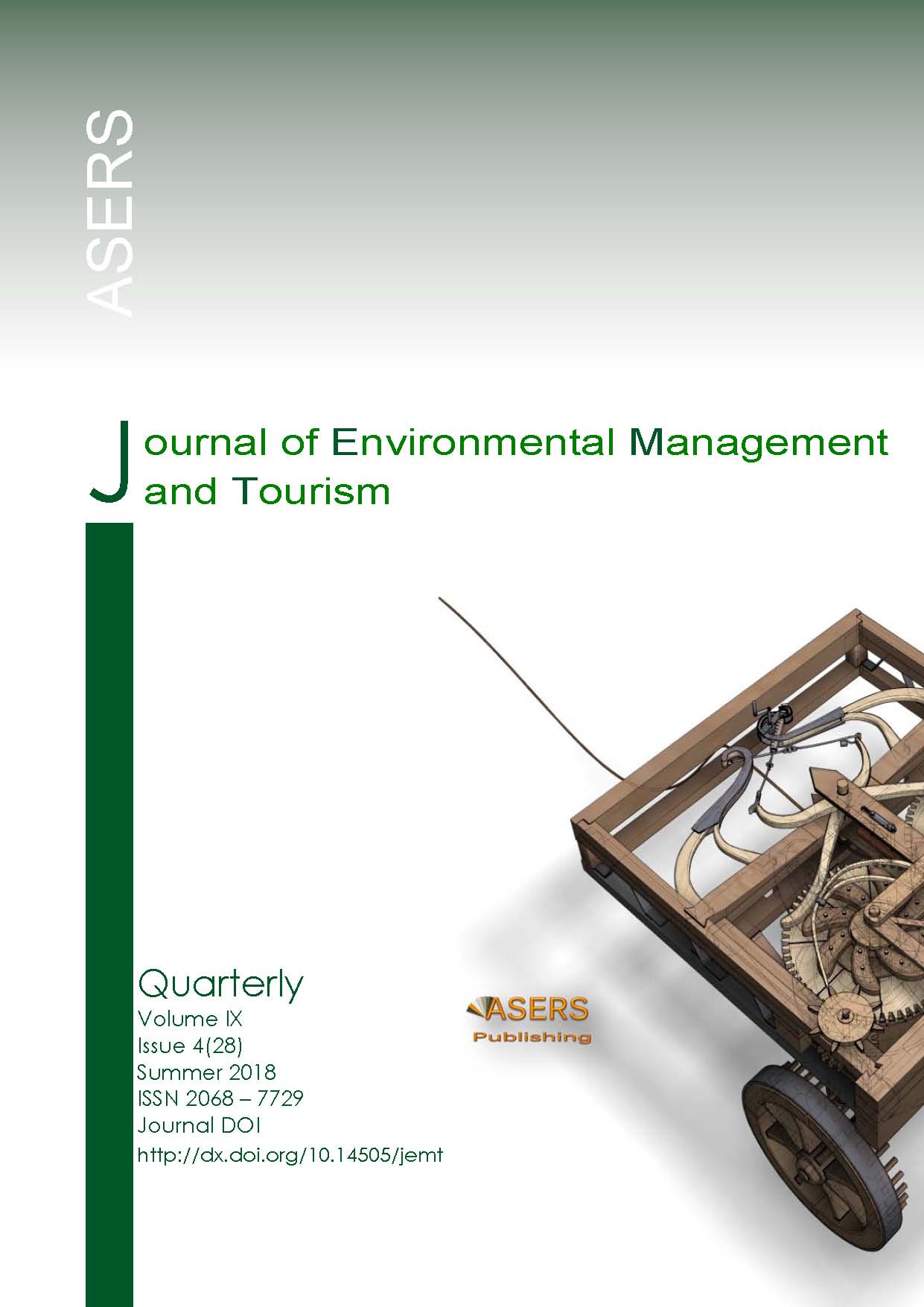Formation of Ethnocultural Tourism Clusters in Russia-Kazakhstan Borderline Territory
Formation of Ethnocultural Tourism Clusters in Russia-Kazakhstan Borderline Territory
Author(s): O.L. Bancerova, A. R. KasimovaSubject(s): Economy, Tourism
Published by: ASERS Publishing
Keywords: ethnocultural tourism; ethnocultural cluster; intangible cultural heritage;
Summary/Abstract: The sustainable development of cities makes them viable, adaptable, to mitigate adverse impacts, to stimulate positive socio-economic and environmental changes. The main goal of the work is to explore smart cities, which contribute to a new quality of life for the population. The authors described the main elements of such cities, the relationship between quality of life and satisfaction, analyzed the factors that contribute to the quality of life. It is established that roads, transport, social programs, modern education, adaptive ecology and others influence the quality of life in the cities studied. It is revealed that the quality of life determines the effectiveness of people's way of life. The level and conditions of life are the structural components of the quality of life. As a result, it can be concluded that the standard of living depends on material, spiritual, social needs, which are related to social society, empathy, help from other people. The purpose of the paper is to explore the region’s tourism potential and to identify items of material and intangible culturalheritage for the formation of ethnocultural centers and ethnocultural clusters. The paper outlines the concept of cultural heritage and its role for ethnocultural tourism. Stages of evolution of the concept are described starting from the 1980-ies when it referred only to material objects, particularly, historical and architectural monuments and sites, and up to the inclusion of intangible items in the early 21st century, which was marked by interest in the material processing methods, crafts, household and economic patterns, rites and customs of different ethnic groups. The study is focused on the borderline regions of Russia and Kazakhstan where the patterns of local peoples are most distinctive. As a result of the research, a map of ethnic settlements in the discussed region was drawn, and it was established that husbandry relied on household and distant-pasture cattle breeding, which emerged in the territory as early as the Bronze Age. The planning structure of a private farm, its elements and functional interrelation of buildings and production structures were determined, and the conclusion was drawn that, given the sustained ancient traditional household practices, the researched settlements were of interest for tourism and could serve as sites of ethnocultural tourism and provide a ground for the formation of ethnocultural establishments.
Journal: Journal of Environmental Management and Tourism (JEMT)
- Issue Year: IX/2018
- Issue No: 04 (28)
- Page Range: 771-776
- Page Count: 6
- Language: English
- Content File-PDF

